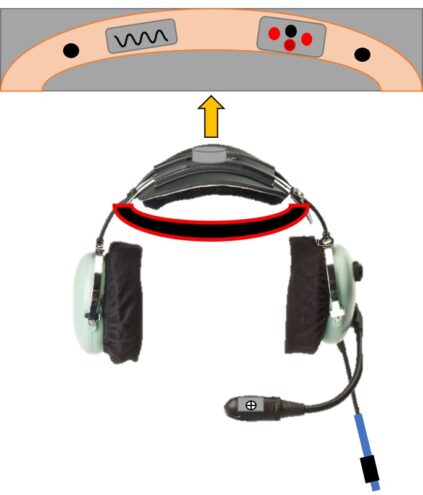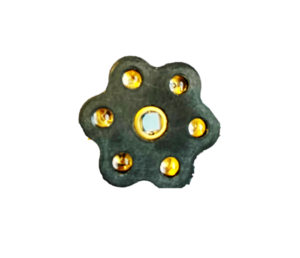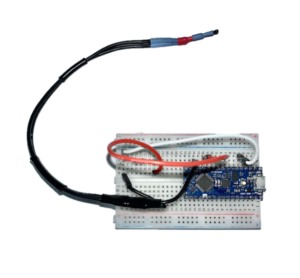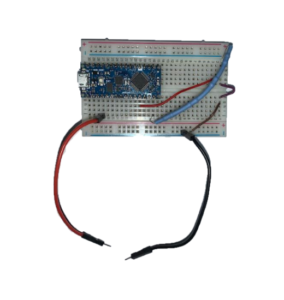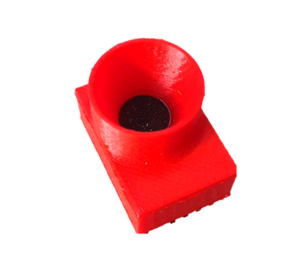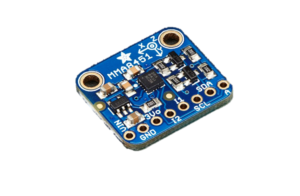
Learn More About the H.A.L.O. Mk. 1's Capabilities!
The H.A.L.O. Mk. 1 is a versatile medical monitoring system that includes an array of sensors meant to help alert aircraft crew members when a pilot could be in danger. The simple clip-on structure allows the device to adapt to any model headset, and the sensors chosen allow for multiple conditions to be monitored simultaneously. To learn more about each sensor, click below!
